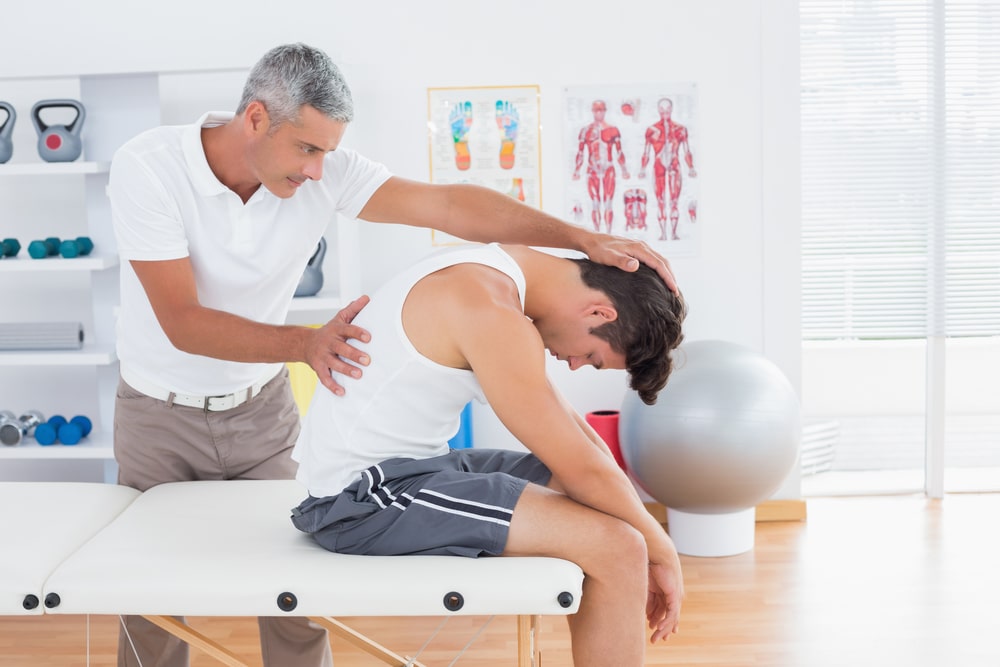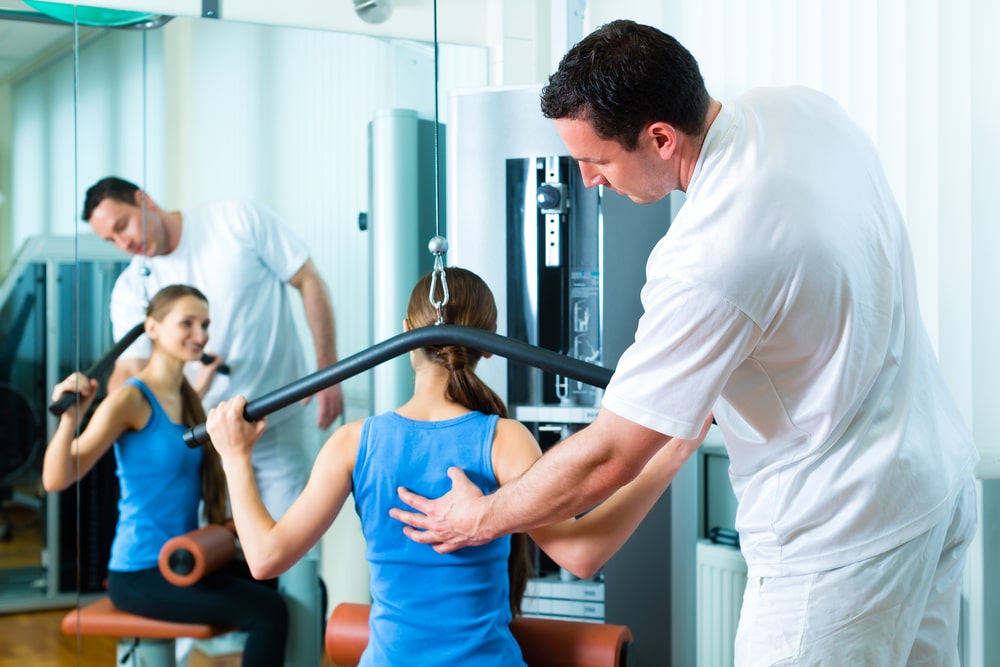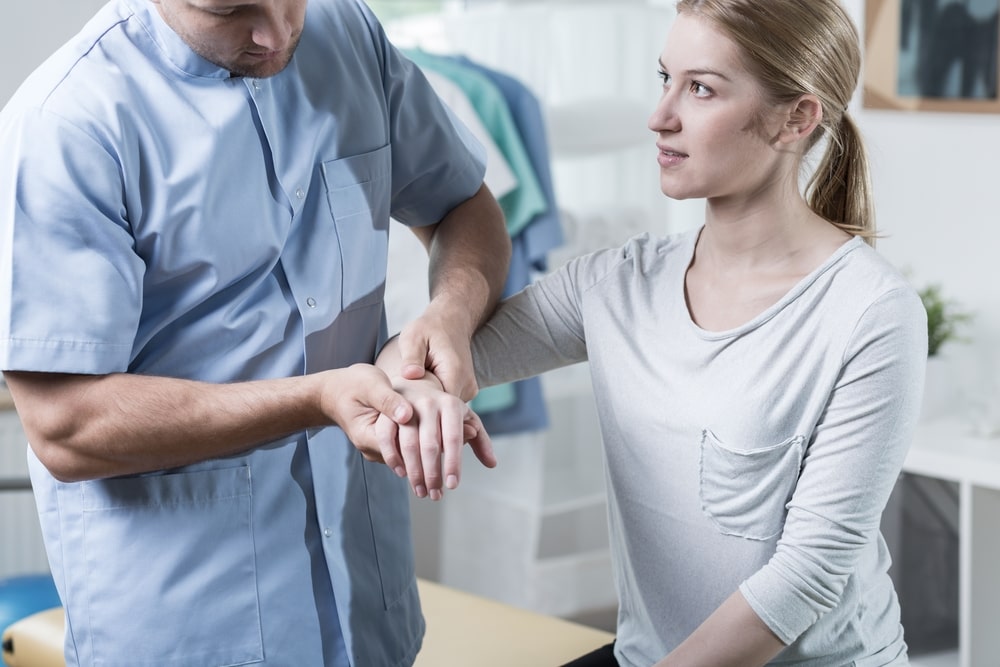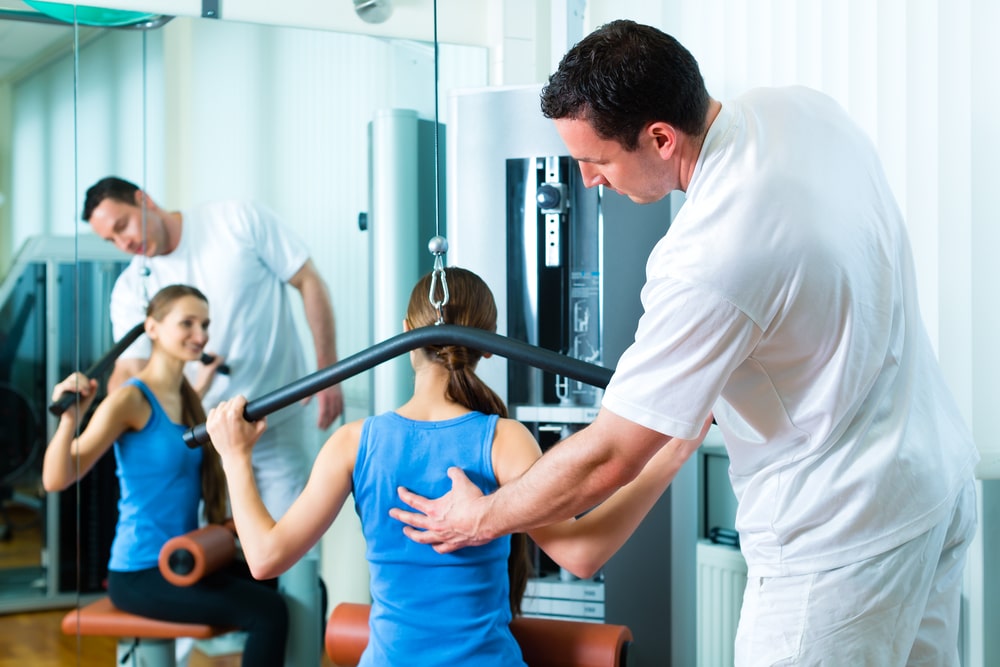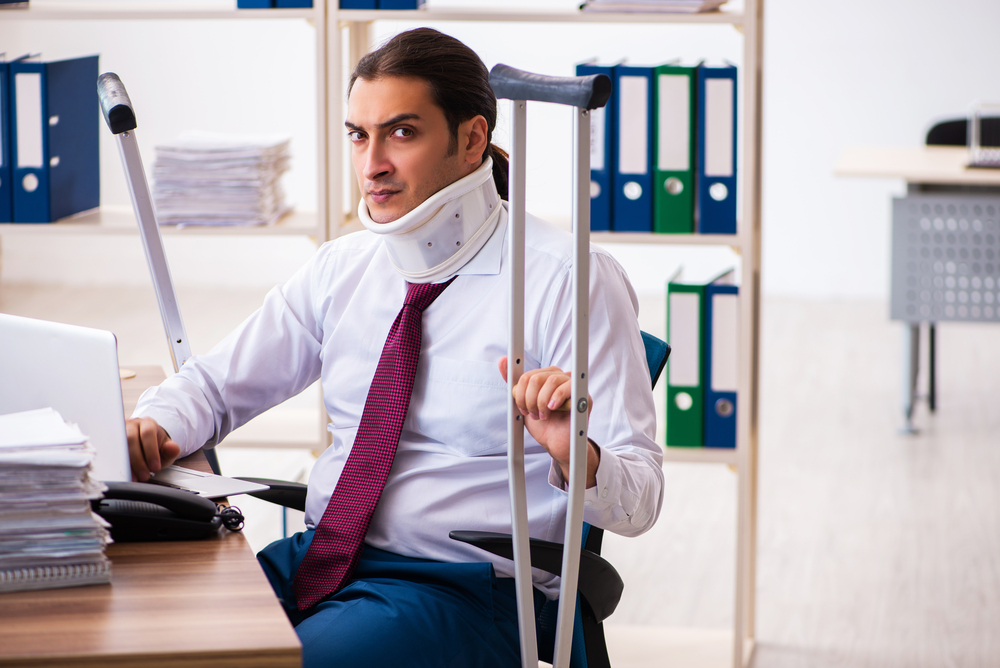Recovering Mobility With Orthopedic Physical Therapy
When it comes to managing injuries or conditions that affect our muscles, joints, and bones, Baltimore, MD orthopedic physical therapy plays a vital role in helping patients regain movement and reduce pain. Whether recovering from surgery, or injury or dealing with chronic pain, orthopedic therapy provides a structured approach that can help us get back to normal life.
How Orthopedic Physical Therapy Works
Orthopedic physical therapy is designed to address a wide range of conditions, including post-surgical recovery, arthritis, fractures, sprains, and other musculoskeletal issues. It focuses on improving strength, flexibility, and joint function through targeted exercises and manual techniques.
During our first session, we typically conduct a thorough evaluation of the patient’s condition, including their medical history, physical limitations, and goals for therapy. Based on this assessment, we create a personalized treatment plan to address the specific needs of each individual.
Rebuilding Strength And Mobility
One of the primary goals of orthopedic therapy is to help patients rebuild their strength and mobility. This can involve a combination of exercises to improve muscle tone, enhance joint flexibility, and promote overall balance. It’s not just about working the affected area, but also helping the body function as a whole to prevent further injury.
For instance, if a patient has undergone knee surgery, we may start with gentle range-of-motion exercises before progressing to strength-building activities that support the surrounding muscles. By working consistently, patients gradually regain their ability to perform daily tasks and return to the activities they love.
Managing Pain Through Movement
Many patients come to us struggling with pain, whether from a specific injury or a long-term condition like arthritis. Orthopedic physical therapy provides non-invasive ways to manage pain through movement. By gradually introducing exercises that target the affected area, we help to reduce inflammation and improve circulation, both of which play a role in reducing pain levels.
In addition to exercises, we may incorporate techniques like joint mobilization or soft tissue massage to further alleviate discomfort. Our goal is to promote healing without relying on medication, allowing patients to feel better naturally as they regain control of their physical health.
Preventing Future Injuries
Another important aspect of orthopedic therapy is preventing future injuries. Whether a patient is recovering from surgery or dealing with an injury, it’s essential to focus on building strength in the surrounding muscles and improving overall body mechanics. By addressing underlying issues, such as poor posture or muscle imbalances, we help reduce the risk of re-injury.
Education is also a critical component of this process. Throughout therapy, we provide patients with tips and advice on how to maintain proper body mechanics, posture, and movement patterns during their daily activities. This empowers them to take control of their long-term health and well-being.
Let’s Work Together To Improve Your Mobility
Orthopedic physical therapy offers a clear path to recovery, helping you regain strength, mobility, and confidence in your body. If you’re dealing with an injury or a condition that’s limiting your movement, we’re here to help. Contact us today at LeMoine Physical Therapy to schedule a consultation and start your journey toward a pain-free life. Together, we’ll work on achieving your health and mobility goals, one step at a time.

